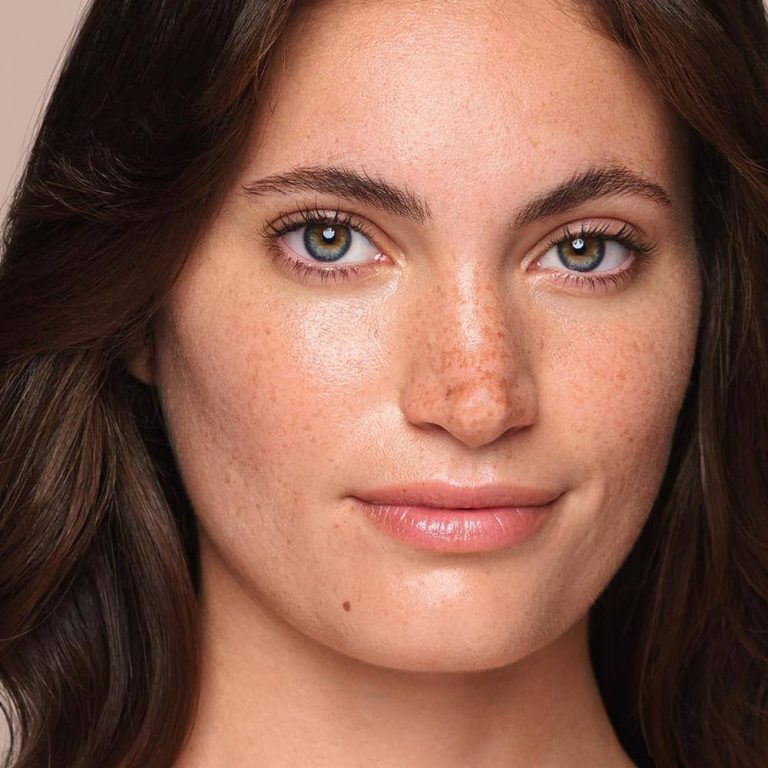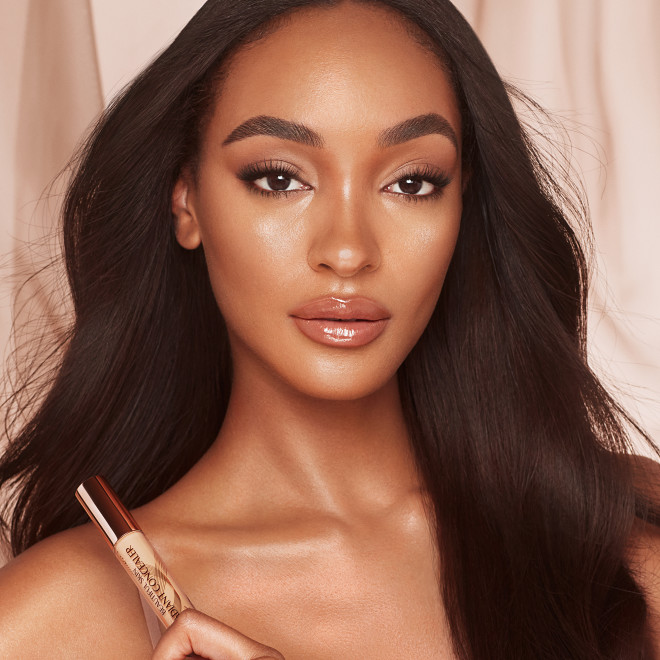
Concealer Demystified: A Simple Guide
What is Concealer and Its Purpose in Makeup
Concealer is a vital makeup product. It masks dark circles, age spots, and large pores. Think of it as a magic wand that targets and hides skin blemishes. Its purpose goes beyond hiding imperfections. Concealer can brighten your complexion and enhance your makeup base. Want to look rested on a busy day? Concealer meaning: A dab of concealer under the eyes can work wonders. Used right, it can be the hero of your makeup routine.
To make the most of your concealer’s abilities, understand its purpose. For instance, it can help camouflage acne scars and sun damage. It also plays a key role in shaping and defining your facial features. When applied correctly, concealer can change how light hits your face. This can make your features stand out more. It’s also the first step in color correction. This technique helps balance uneven skin tones.
In essence, the meaning of concealer is in its ability to transform. It provides a smooth canvas for your makeup, ensuring a flawless look. Remember, choosing the right concealer is as important as knowing how to use it. With the correct match, you can enhance your natural beauty effectively.
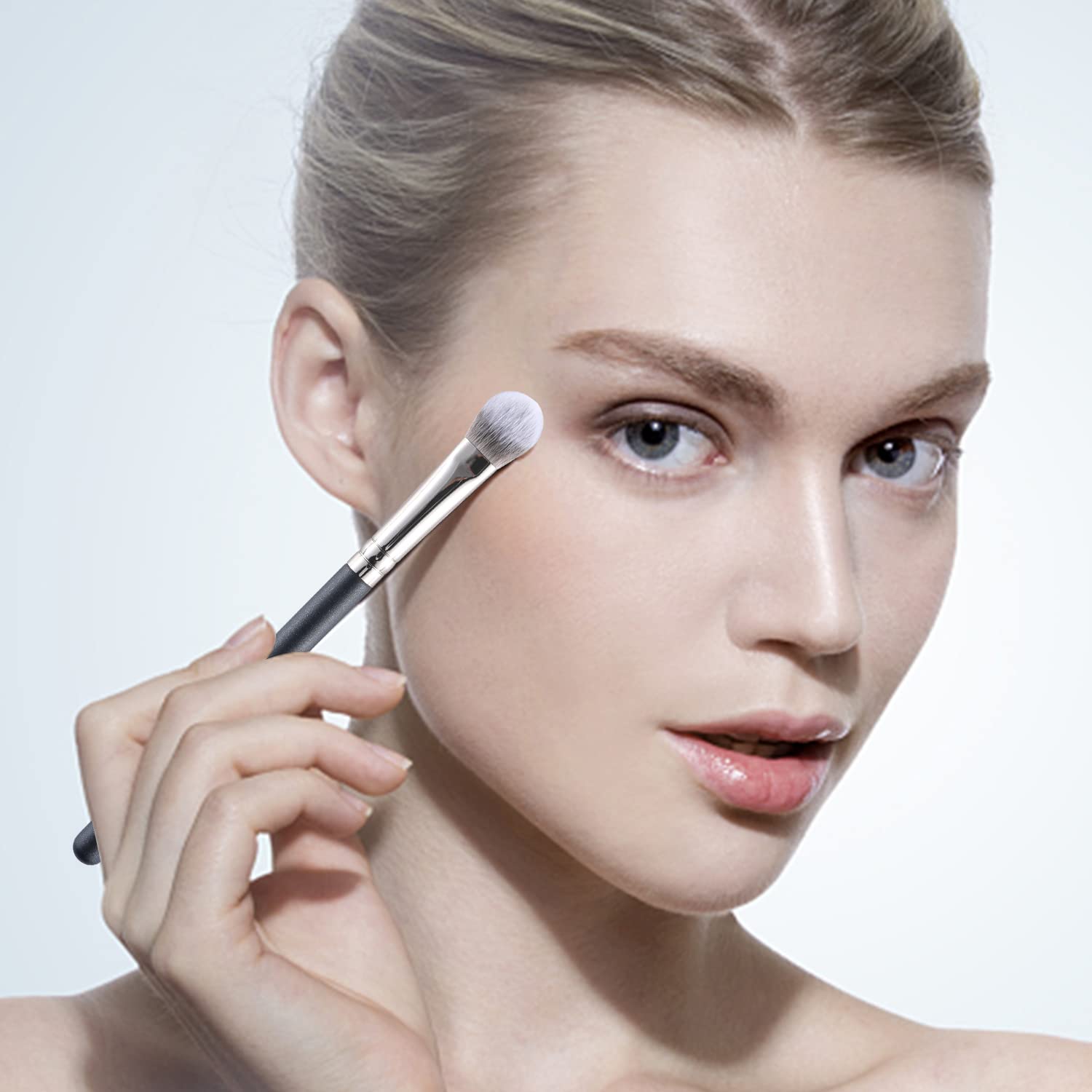
Different Types of Concealers and Their Uses
Exploring the different types of concealers is crucial to mastering your makeup routine. Each type serves a specific purpose, and choosing the right one can greatly enhance your appearance. Here are the common types of concealers and how to use them effectively:
- Liquid Concealers: They are versatile and suitable for most skin types. Liquid concealers provide a lightweight feel and can offer varying levels of coverage, from light to full. These are ideal for concealing dark circles under the eyes or covering redness and blemishes.
- Cream Concealers: With a thicker consistency, cream concealers provide more coverage. They work well for hiding dark spots, scars, and other significant skin imperfections. Due to their dense texture, they’re perfect for spot treatment.
- Stick Concealers: Stick concealers are convenient for on-the-go touch-ups. The solid form allows for precise application, making it easy to cover specific areas like acne spots. They blend well and offer medium to full coverage.
- Color-Correcting Concealers: These come in various hues to counteract different skin concerns. For example, green concealers neutralize redness, while peach tones brighten blue or purple under-eye circles. Color-correcting concealers should be used before applying your skin-tone concealer.
- Pencil Concealers: Great for fine, targeted application, pencil concealers can define the brows and line the inner rim of the eye. They’re also handy for covering small, defined areas such as blemishes or spots.
Embrace the power of concealer by selecting the type that aligns with your aesthetic goals and skin concerns. With the right product, you can seamlessly conceal, highlight, and correct imperfections for a flawless makeup finish.
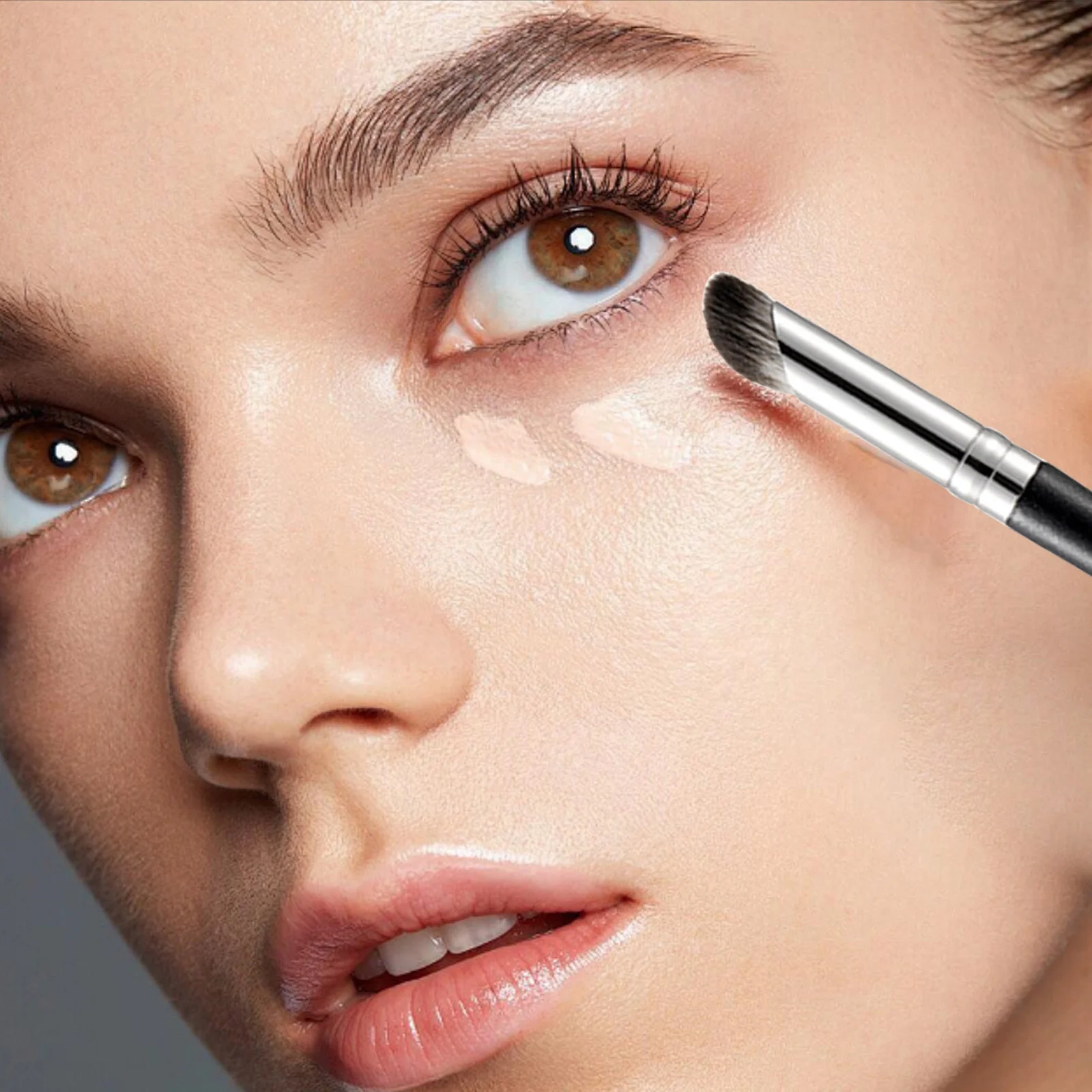
How to Choose the Right Shade and Formula
Choosing the right shade and formula of concealer is essential for a natural look. The shade should be as close to your skin tone as possible for covering blemishes and imperfections. For under-eye circles, a shade slightly lighter than your skin tone can help brighten the area.
Here’s how to nail the perfect match:
- Test Shades: Always test concealer shades in natural light. Apply a small amount to your jawline to see the true color.
- Consider Undertones: Skin undertones matter. If you have cool undertones, look for shades with a pink base. Warm undertones? Go for yellow or gold-based concealers.
- Formula Matters: For dry skin, opt for a hydrating liquid concealer. Oily skin benefits from a matte stick or cream formula that won’t slip.
- Seasonal Changes: Your skin tone can change with the seasons. You may need a lighter shade in the winter and a darker one in the summer.
Remember, a good concealer shouldn’t look obvious. It should blend seamlessly with your foundation or skin. Taking time to choose the right shade and formula pays off with a flawless makeup result.
Application Techniques for a Flawless Finish
Achieving a flawless finish with concealer requires not just the right product, but also the correct application techniques. The goal is to blend concealer seamlessly so that it looks like your natural skin. Below are effective ways to apply concealer for that perfect look:
- Use the Right Tools: A small, flat concealer brush or a damp beauty sponge is ideal for a smooth application. Fingers can also work for areas needing warmth for blending.
- Apply in Layers: Start with a thin layer. Build coverage gradually to avoid a cakey appearance.
- Pat, Don’t Rub: Gently pat the concealer into your skin. Rubbing can move the product and reduce coverage.
- Setting is Key: Once you’ve applied the concealer, set it with a translucent powder. This helps to prevent creasing and keeps the concealer in place.
- Highlight with Concealer: Use a lighter shade to highlight areas you want to stand out, like under the eyes, middle of the forehead, and the chin.
- Blend Edges: Make sure to blend the edges with your foundation. This ensures there are no visible lines where the concealer ends.
Remember, less is often more. Over-applying can make the concealer noticeable and detract from the natural look you’re aiming for. By following these techniques, you can effectively use concealer to achieve a smooth, flawless complexion.
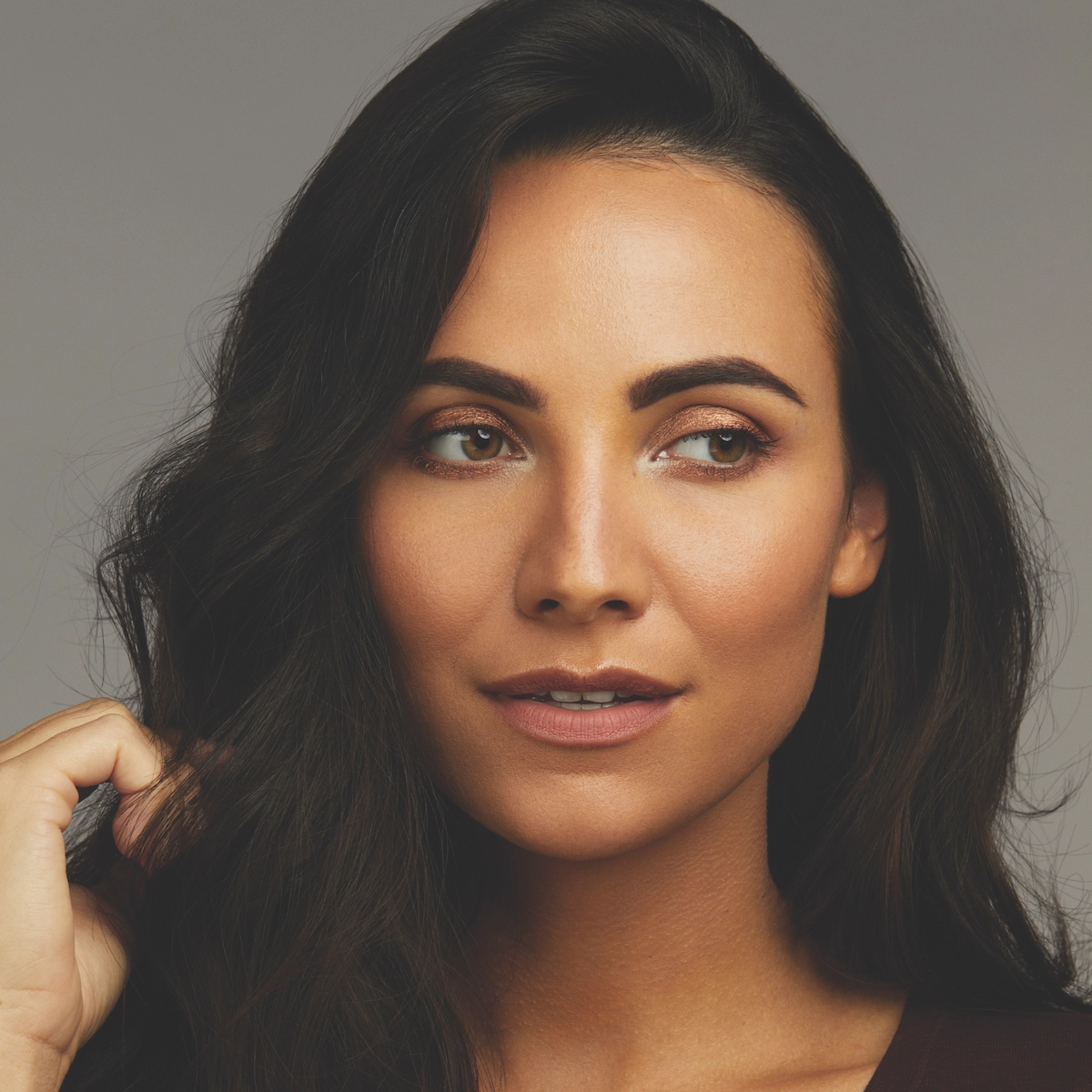
Common Concealer Mistakes to Avoid
Avoiding common concealer mistakes can make a big difference in your makeup routine. Here are some errors to watch out for:
- Choosing the Wrong Shade: A concealer too light or too dark can bring unwanted attention to blemishes.
- Skipping Skin Prep: Not moisturizing before applying concealer can create a cakey look. Always hydrate first.
- Over Applying: A heavy hand with concealer can look unnatural. Use sparingly and build coverage.
- Incorrect Placement: Applying concealer in the wrong areas can reduce its effectiveness. Be precise.
- Not Blending Well: Failing to blend concealer leads to obvious makeup lines. Take time to smooth it out.
- Forgetting to Set: Unset concealer may crease or slide. Always finish with a light dusting of powder.
- Neglecting Color Correction: Using concealer without color correction can miss neutralizing discoloration. Use corrective shades when needed.
Understanding the meaning of concealer is key to avoiding these pitfalls. When used correctly, concealer can significantly enhance your overall makeup. Choose the right shade, prep your skin, and apply with care to maintain a natural, flawless complexion.
Tips for Concealer Usage for Various Skin Concerns
Concealer is not just for hiding blemishes; it’s a versatile tool for addressing various skin concerns. Here’s how to tailor concealer use for different issues:
- For Dark Circles: Choose a concealer one or two shades lighter than your skin. Apply in a triangle under the eyes to brighten and lift.
- For Acne: Use a green color-correcting concealer to neutralize redness first. Then apply a concealer that matches your skin tone.
- For Scars and Discoloration: Opt for a full-coverage, cream-based concealer. It will stay put longer and cover better.
- For Fine Lines: Seek out hydrating concealers. Avoid thick formulas as they can settle into lines and accentuate them.
- For Dry Skin: Look for liquid concealers with hydrating ingredients. These blend easily without clinging to dry patches.
Remember, the meaning of concealer lies in its ability to create a flawless canvas. With these tips, you can address specific skin concerns while maintaining a natural look.
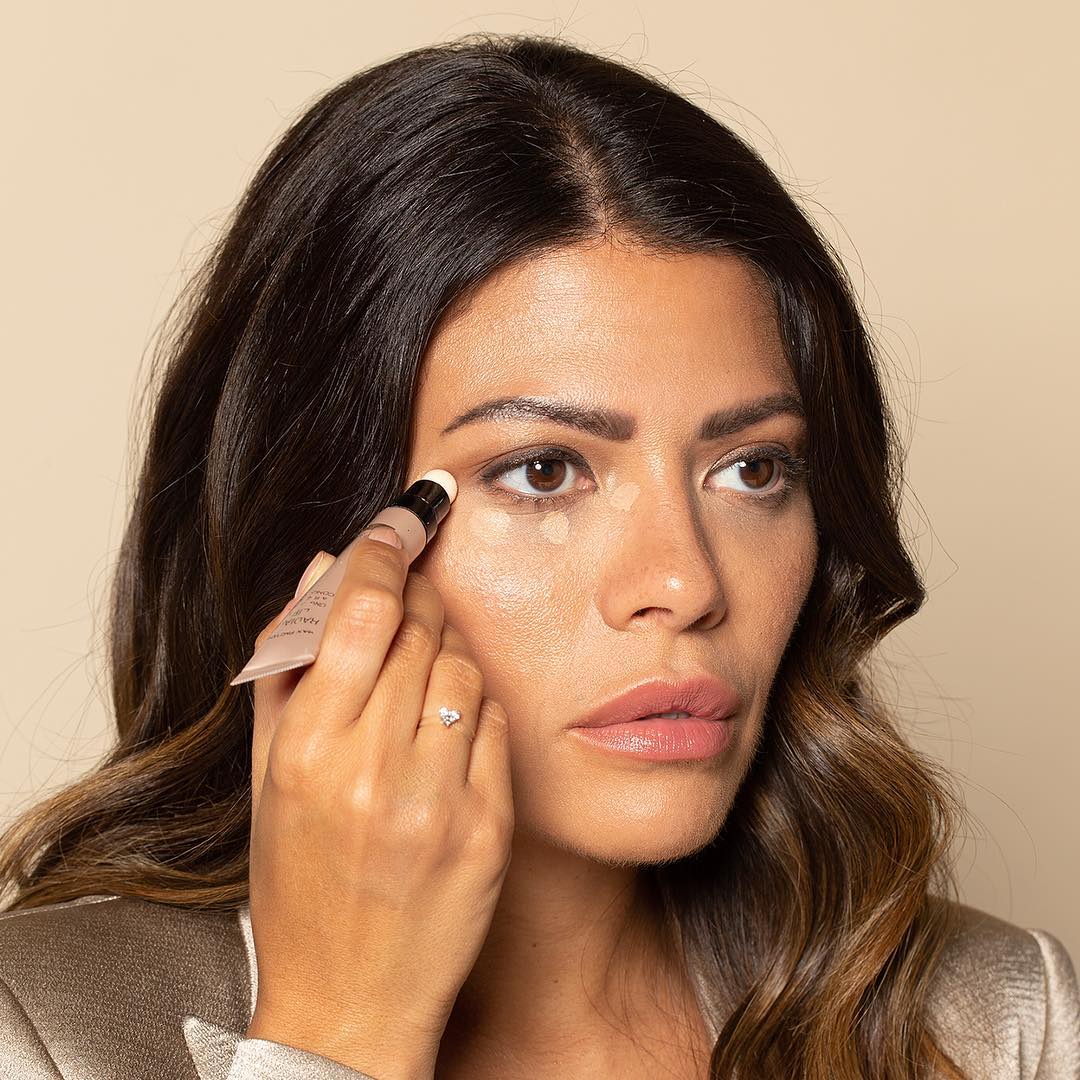
The Role of Concealer in Contouring and Highlighting
Concealer does more than just cover flaws. It’s essential for contouring and highlighting too. When contouring, use a concealer two shades darker than your skin. This creates shadows that define your features. Apply it under your cheekbones, along the jawline, and on the sides of your nose. For highlighting, choose a lighter shade. It makes areas like your brow bone, nose bridge, and cheekbones pop. Let’s break it down:
- For Contouring:
- Use a darker concealer to add depth.
- Apply beneath cheekbones and around face edges.
- Blend well for a natural shadow effect.
- For Highlighting:
- Pick a concealer lighter than your skin tone.
- Highlight the center of the forehead, under-eye area, and chin.
- Blend upward and outward for a brightening effect.
By understanding the meaning of concealer in sculpting the face, you can enhance your natural structure. This technique can transform your look dramatically. It’s an essential step in achieving a polished and defined makeup style.
Must-Have Concealers in Your Makeup Bag
Choosing the right concealers for your makeup bag can be a game-changer. Here are the essentials:
- A Liquid Concealer: It’s a must for its lightweight and versatile coverage. Perfect for daily use.
- A Cream Concealer: For more serious coverage, this is your go-to. It hides deeper blemishes well.
- A Stick Concealer: Its ease of use makes it perfect for quick fixes. Carry it everywhere.
- A Color-Correcting Palette: To tackle various skin concerns, this palette works wonders before regular concealer application.
- A Pencil Concealer: Ideal for precision work like defining brows or covering tiny spots.
Always remember the concealer meaning in makeup – it’s to enhance, not mask, your natural beauty. Keep these staples in your bag and you’re ready to tackle any skin concern on the go. With these, a flawless look is within easy reach.

